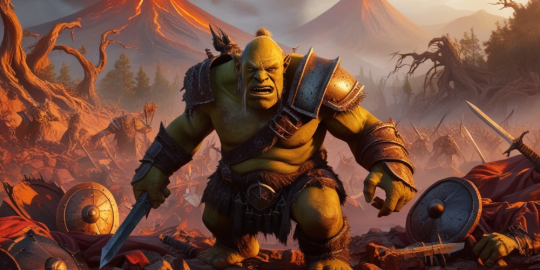
When I first started playing Dota 2, it was like diving into a whole new world brimming with tactical depth and an ever-evolving meta. The learning curve was steep, but every match felt like a lesson in strategy, teamwork, and adaptability. This game wasnt just about mastering skills; it was about understanding a complex set of principles that dictated the flow of each match.
Core Gameplay Mechanics
Understanding the core gameplay mechanics is essential for anyone serious about climbing the ranked ladder. From last-hitting to denying enemy creeps, each action on the map has its consequence. Knowing when to push a lane, secure objectives like Roshan, or fall back is crucial. What makes Dota 2 exceptionally intricate is its diverse hero pool, each with unique abilities that can turn the tide in various ways. This depth, while daunting, showcases the beauty of Dota 2: every match is a new puzzle to solve.
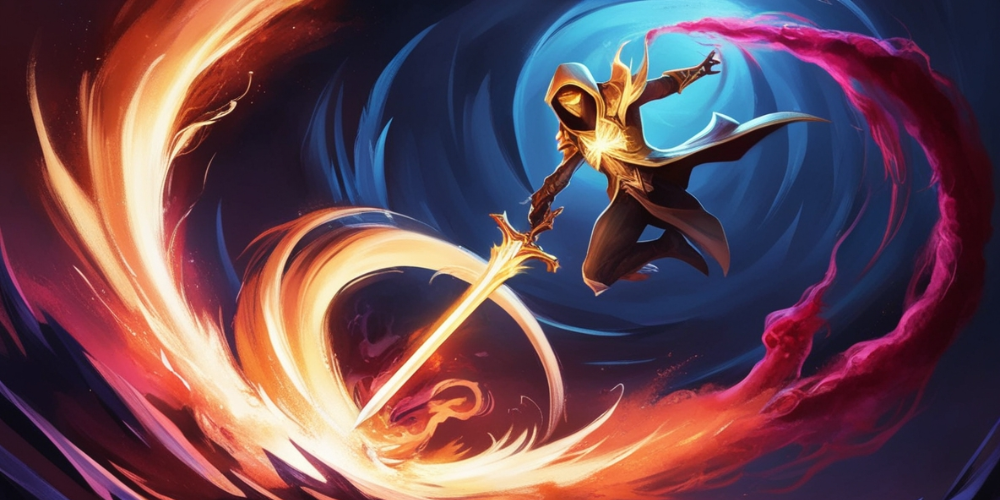
The Hero Pool
The sheer number of heroes available in Dota 2 is both a blessing and a curse. With over 100 characters to choose from, each offering a unique set of skills, the possibilities feel endless. Learning each heros strengths and weaknesses was a journey in itself. Consistency is key in ranked play, so I focused on mastering a handful of heroes that fit different roles such as support, carry, and offlaner. Better to be a master of a few than a jack-of-all-trades in the chaotic world of ranked matches.
Understanding the Meta
The meta in Dota 2 is always evolving. Patches bring balance changes, hero reworks, and item tweaks that shift the dynamics of play. Keeping up with these changes is vital. I found myself regularly reading patch notes and watching professional games to understand the current state of the game. This continuous learning process felt like an intellectual challenge, akin to studying for an exam with moving goalposts.
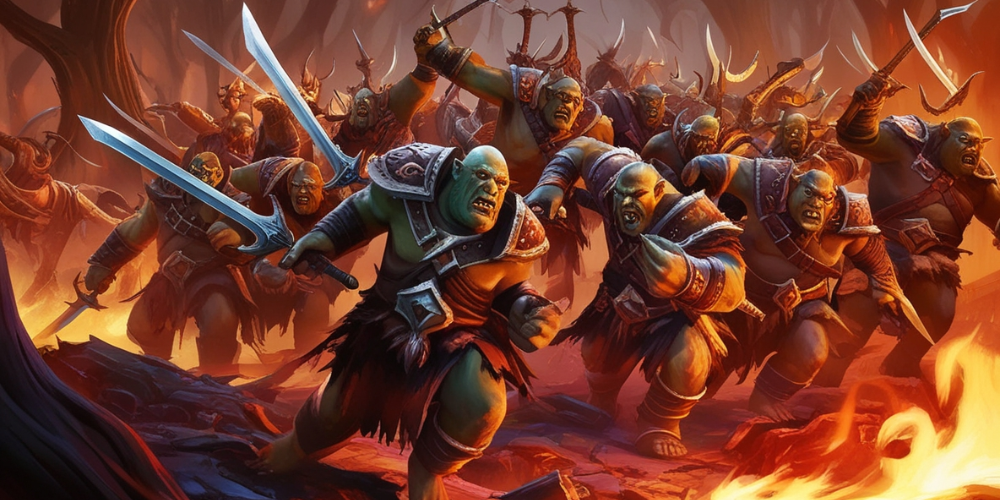
Importance of Communication
Successful communication in Dota 2 cant be overstated. Playing solo ranked matches often felt like being a part of a dynamic, ever-changing orchestra. Good communication and positive interactions with teammates make a huge difference. Simple pings, sharing information about the enemys movements, or coordinating ultimate abilities often turned the tide of battles. Effective teamwork can overcome individual skill gaps, making it indispensable at higher tiers of play.
Role-Specific Strategies
Each role in Dota 2 requires a different mindset and approach. As a support, my primary job was to help my carry get farmed and provide vision around the map. Warding and dewarding were pivotal tasks that could offer my team a strategic advantage. Playing as a carry was about maximizing farm and positioning myself well to deal damage in team fights. The offlane role demanded resilience and the ability to perform under pressure, often turning adverse situations into opportunities.
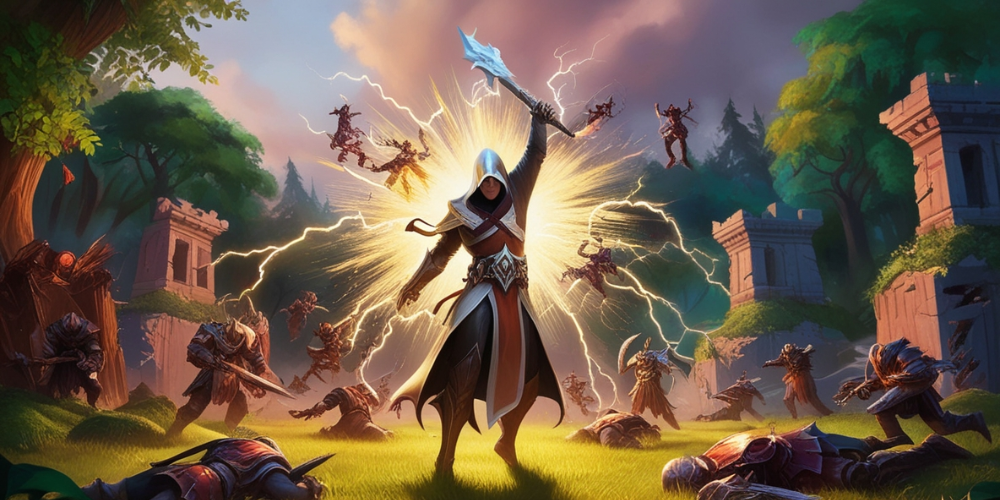
Map Awareness
Map awareness is essential for success in Dota 2. The minimap is your best friend, constantly feeding you information about enemy positions, ongoing skirmishes, and the status of neutral objectives. Pandas wards provided critical intelligence, and ganks were often a result of observing enemy movements and predicting their next steps. The more time I spent watching the minimap, the better I became at anticipating plays and making informed decisions.
Itemization
Itemization in Dota 2 is another deeply complex aspect that can often make or break a match. Building the right items to counter the opposing teams heroes or enhance your own heros strengths became an art form. I had to adapt my item builds looking at how the game was progressing. It wasnt just about following a cookie-cutter guide online; it required an understanding of the current game state and the needs of my team.
Lanings Phase Dynamics
The initial laning stage in Dota 2 establishes the momentum for the remainder of the match. Its an intricate dance of resource management, harassment, and securing farm. Winning the lane didnt necessarily mean out-farming the opponent; sometimes, it was simply about denying them farm or harassing them out of the lane. As a support, I focused on providing a safe environment for my carry, and as a carry, I aimed to accumulate as many last-hits as possible to secure a gold advantage.
Ganking and Rotations
Ganks and rotations can define the mid-game phase of a Dota 2 match. Ganking is the practice of surprising an enemy hero in their lane with the intent to take them out quickly. Successful ganks can put significant pressure on the enemy team. Coordinating these ganks with my teams ultimate abilities or crowd-control spells required precise timing. Post-laning phase, I frequently roamed the map to apply pressure and create opportunities for my team to capitalize on.
Positioning in Team Fights
Team fights are the thrilling crescendo of Dota 2 matches. Positioning during these clashes is vital. As a carry, staying in the backlines and dealing damage without getting caught by enemy crowd-control was a delicate balance. Supports needed to stay within range to unleash their abilities while avoiding becoming easy targets. Each role had its unique challenge during team fights, making these moments exhilarating and nail-biting.
Different Playstyles Across Regions
I noticed that different regions had unique playstyles. For instance, players from Southeast Asia often exhibited aggressive and fast-paced strategies, whereas European teams usually played a more calculated and methodical style. Adapting to these various playstyles broadened my understanding of the games depth and nuances. It also helped in anticipating different strategies and maneuvers based on the region of my opponents.
Pushing and Defending High Ground
Pushing and defending high ground is one of the most pivotal moments in Dota 2. This phase usually comes towards the late game and demands meticulous planning and coordination. Breaking high ground means breaching the enemy base to destroy their barracks. Conversely, defending against such an assault required strategic prowess and nerves of steel. Often, these high-stakes moments decided the outcome of the match, making each decision crucial.
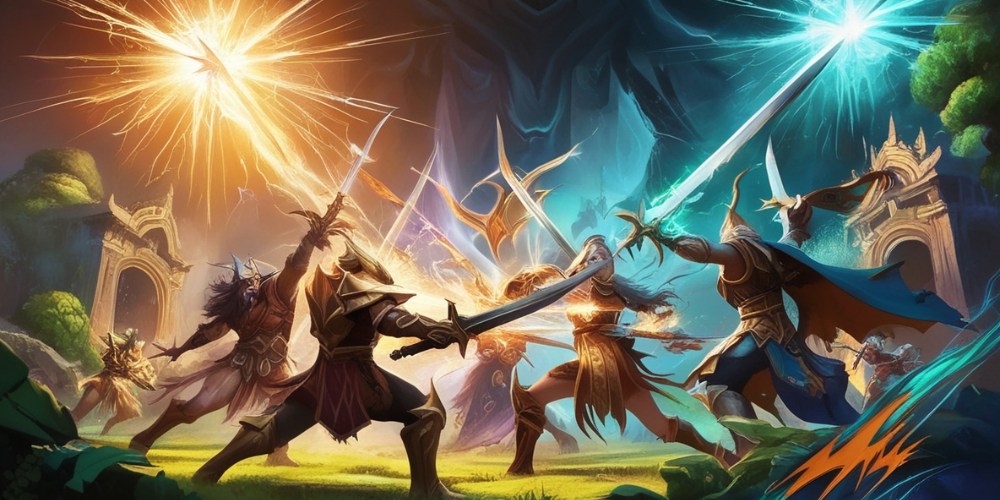
Psychological Aspect of Ranked Matches
The psychological aspect of playing ranked matches in Dota 2 cannot be ignored. My mindset before, during, and after games affected my performance. Remaining calm under pressure, learning from losses, and maintaining a positive outlook were essential. I found that internalizing my mistakes but not dwelling on them allowed me to focus better on improvement. Handling the emotional highs and lows of ranked matches was part of the journey.
Learning from Losses
In Dota 2, I often learned more from losses than wins. Each defeat provided an opportunity to reflect on what went wrong and how I could improve. I analyzed replays to understand key moments where the game slipped away. This self-reflection was sometimes brutal, but it was necessary for growth. Understanding these nuances helped in avoiding the same mistakes in future matches and refined my strategic approach.
The Role of Coaching and Mentorship
Getting coached by higher-ranked players or consuming educational content from Dota 2 pros was invaluable. I subscribed to several channels that provided in-depth guides, hero analysis, and gameplay breakdowns. Joining community forums also helped in discussing strategies and getting feedback. The insights from experienced players fast-tracked my learning curve, making the climb up the ranked ladder feel more achievable.
The Intricacies of Patch Changes
The periodic patches in Dota 2 introduced a wave of changes that could dramatically alter the games landscape. Adapting to these updates was a challenge. Besides basic balance changes, new items or hero reworks required a thorough readjustment of my strategies. I remember the excitement and trepidation with each patch, knowing that the meta would shift, and new optimal plays would emerge.
The Importance of Drafting
Drafting in Dota 2 is the foundation of a well-rounded strategy. Picking and banning heroes based on the current meta and the opposing teams choices added a layer of depth that started way before the laning phase. Having a balanced mix of initiation, sustain, and damage was crucial. Understanding the synergy between heroes and counter-picking effectively became a game-changer and often set the stage for how the match would unfold.
Expanding Beyond Comfort Zones
Stepping outside of my hero comfort zone felt daunting initially, but it paid off immensely. I forced myself to try out different roles and heroes, which broadened my perspective on the game. Playing multiple roles helped me understand the difficulties and priorities of my teammates and opponents alike. This holistic understanding made it easier to coordinate tactics and appreciate the bigger picture in each match.
Growth Through Team Play
Climbing the ranked ladder in a team offered a different experience from solo play. The synergy and communication in a coordinated group felt rewarding. Grouping with friends or forming a regular stack made executing complex strategies more realistic. Better coordination led to more consistent wins and a deeper understanding of the team dynamics essential for high-level play.
Analyzing Professional Matches
Watching professional Dota 2 games provided a goldmine of insights. The level of coordination, decision-making, and mechanical skill showcased by pros was awe-inspiring and educational. Analyzing how professional teams approached different phases of the game, how they adapted to difficult situations, and their innovative strategies helped refine my understanding and gameplay. Replaying these matches and focusing on different aspects each time enriched my appreciation of the games complexity.
The Impact of Community and Esports Scene
The Dota 2 community and its thriving esports scene play a pivotal role in keeping the game dynamic and engaging. Major tournaments like The International and regional leagues offer a spectacle of the highest level of competition. The enthusiasm and passion of the community, from casual fans to hardcore players, create a vibrant ecosystem that fosters learning and improvement. Engaging with this community provided motivation and a sense of belonging in the vast world of Dota 2.
The Journey, Not the Destination
Climbing the ranked ladder in Dota 2 has been as much about the journey as it's about the destination. The countless hours spent learning, analyzing, and honing skills were rewarded not just by an increase in rank but by a deeper appreciation and understanding of the game. Every match, with its unique set of challenges and interactions, contributed to personal growth and strategic depth. The pursuit of excellence in Dota 2 is an ever-evolving quest that continues to captivate and challenge me.